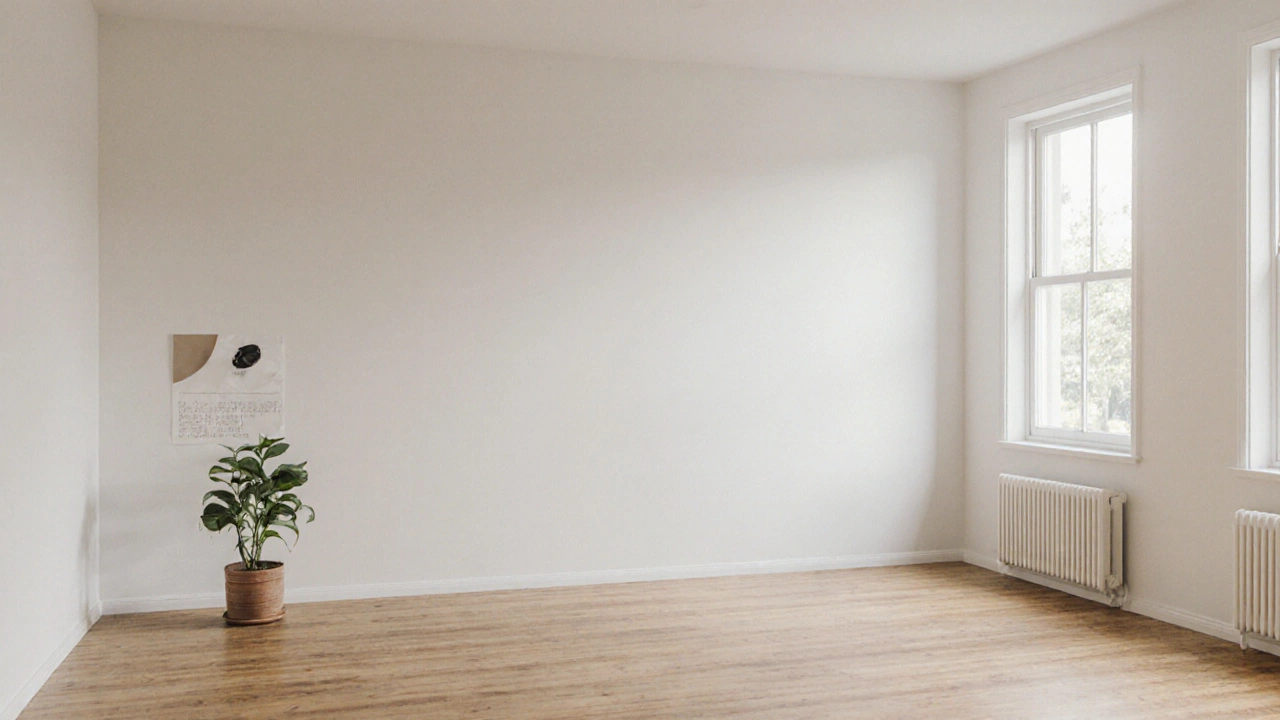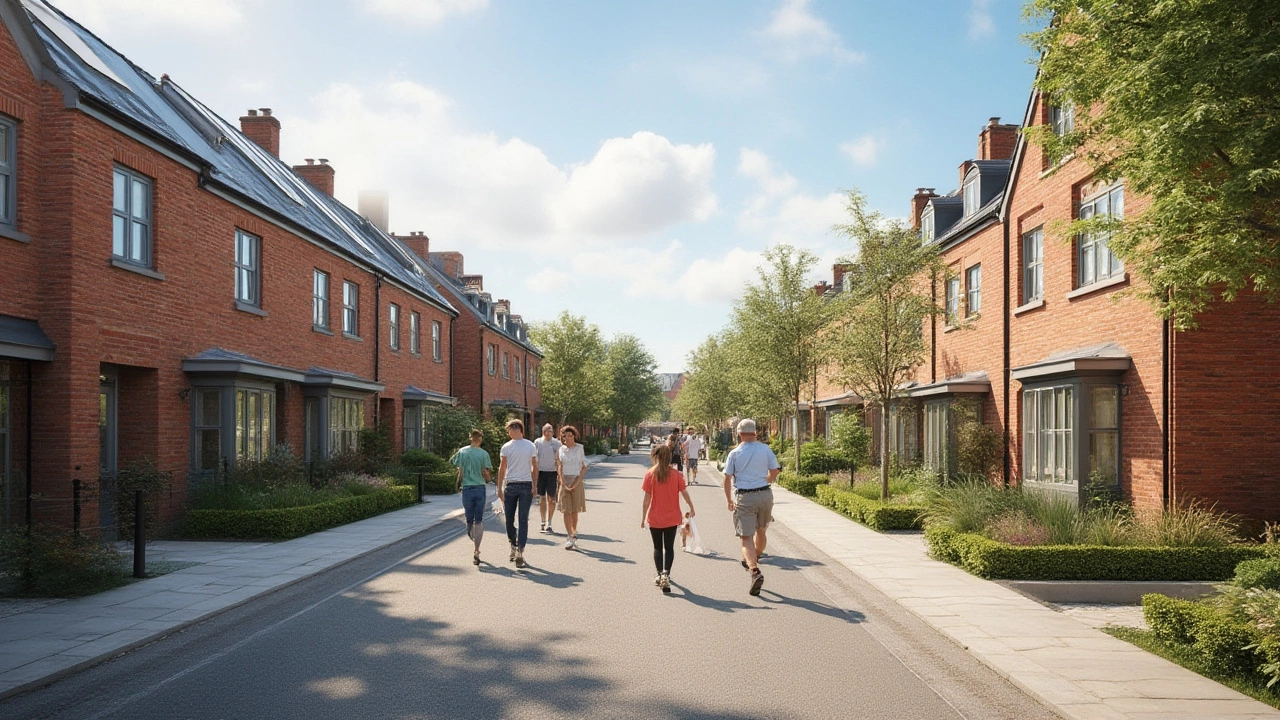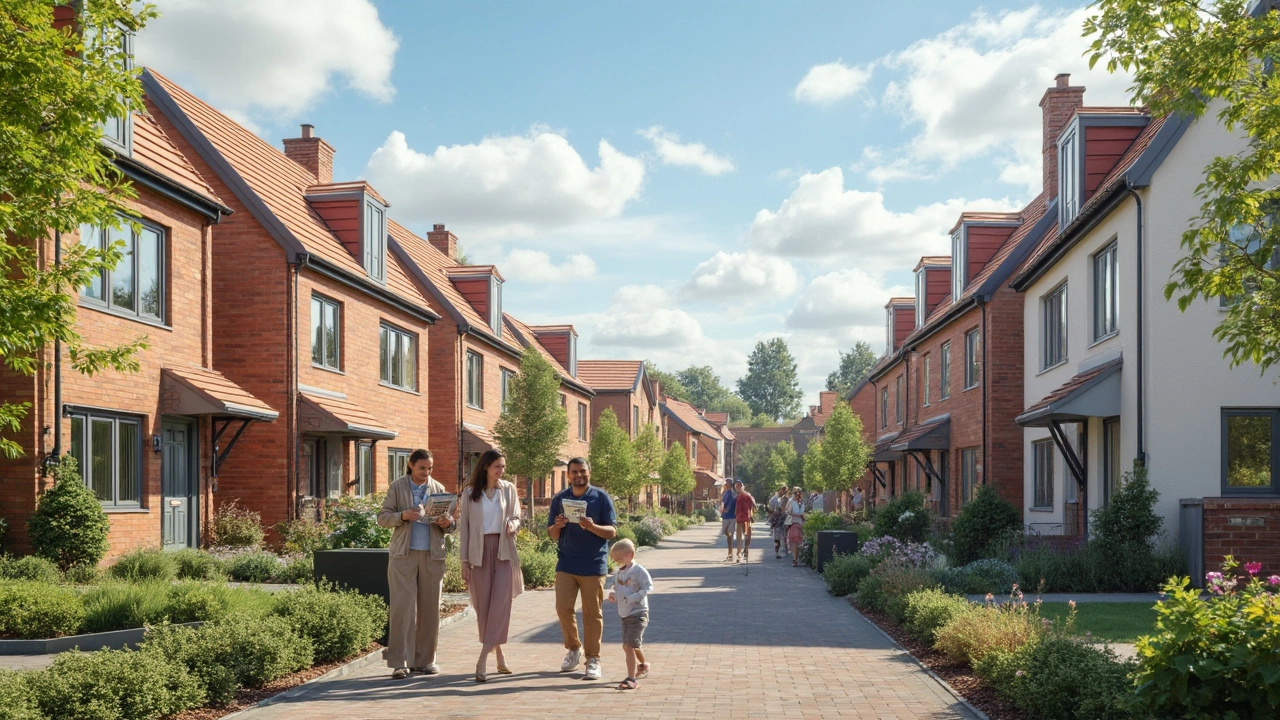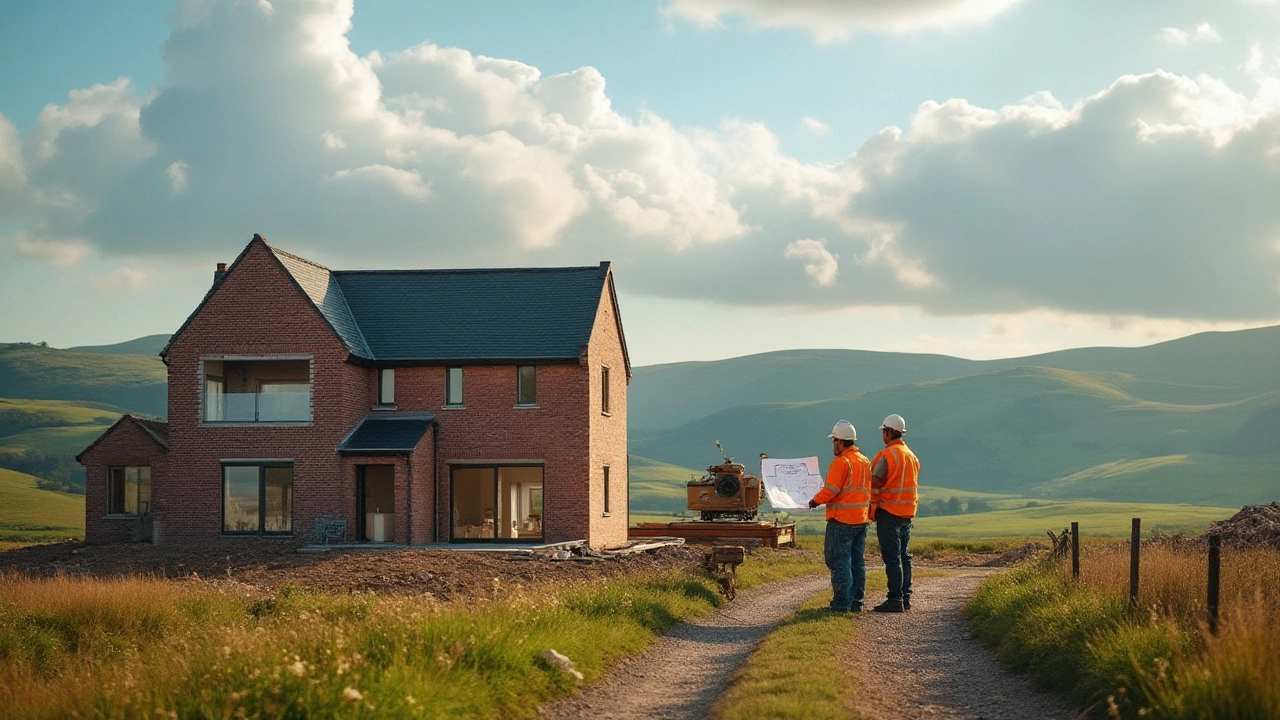New Build Guide: Practical Tips for Your First Home
Starting a new build can feel like stepping into the unknown, but you don’t have to figure everything out on the fly. Below you’ll find easy‑to‑follow advice on the most common questions – what flooring works best, when cracks are a red flag, and how to keep your budget in check.
Choosing the Right Flooring for a New Build
Flooring sets the tone for every room, so pick something that lasts and looks good. Hardwood offers a classic feel, but it can scratch during construction. Luxury vinyl is water‑proof and easy to install, making it a favorite for kitchens and bathrooms. Tile gives you durability for high‑traffic areas, and engineered wood strikes a balance between look and stability. Think about where each material will face moisture and foot traffic, then match it to your lifestyle.
Spotting Normal vs. Structural Cracks
Cracks are inevitable, but not all cracks mean trouble. Hairline cracks in plaster or drywall usually settle as the house dries out. Wider cracks that appear along joints, especially within the first year, might signal movement in the foundation. Measure the width – if it’s more than 1 mm and keeps growing, call a structural engineer. Early detection can save you from costly repairs later.
Budgeting is another big piece of the puzzle. A typical 2,000‑sq‑ft new build in the UK can range from £150,000 to £250,000, depending on materials, site conditions, and finishes. Break your budget into land, build cost, finishes, and a contingency fund (about 10 %). Keeping a buffer helps when unexpected issues, like a foundation adjustment, pop up.
When you’re ready to choose a builder, look for a Tier 1 contractor if your project is large or complex. These firms have the resources to handle everything from groundwork to final handover. For smaller builds, a reputable local builder with solid references can give you personal service and quicker response times.
Don’t forget the little things that can trip you up. Order your kitchen fittings early – lead times on cabinets and appliances can stretch several months. Plan plumbing routes before walls go up, and double‑check that all permits are in place. A smooth flow of information between you, the architect, and the builder keeps the schedule on track.
Finally, protect your new home with regular maintenance. Check the roof, gutters, and external walls after the first winter. Small issues caught early, like a loose tile or a leaking tap, stay cheap to fix. Treat your new build like a long‑term investment, and it will pay you back in comfort and value.
Ready to start your new build journey? Use these tips as a checklist, stay proactive, and enjoy watching your dream home take shape.





